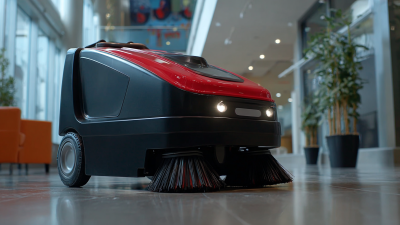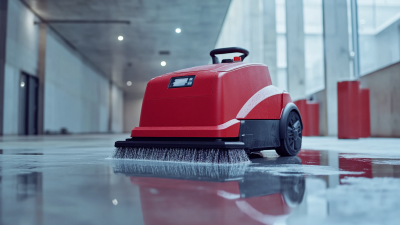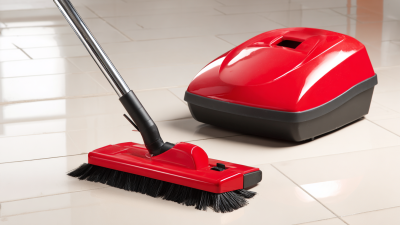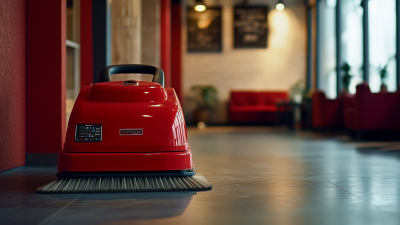Leave Your Message
Choosing the right Electric Industrial Floor Sweeper for your facility is crucial for maintaining a clean and safe work environment. According to a report by Market Research Future, the global industrial floor sweeper market is expected to grow significantly, with a projected CAGR of 4.5% from 2021 to 2027. As businesses increasingly prioritize efficiency and sustainability, selecting an appropriate sweeper has become essential for optimizing cleaning processes while reducing labor costs and environmental impact. With various options available on the market, understanding the specific needs of your facility—such as the size of the area, type of debris, and frequency of cleaning—will guide you in making an informed decision. This guide will explore key considerations and features to assess when selecting an Electric Industrial Floor Sweeper, ensuring that your investment translates into cleaner facilities and improved operational productivity.
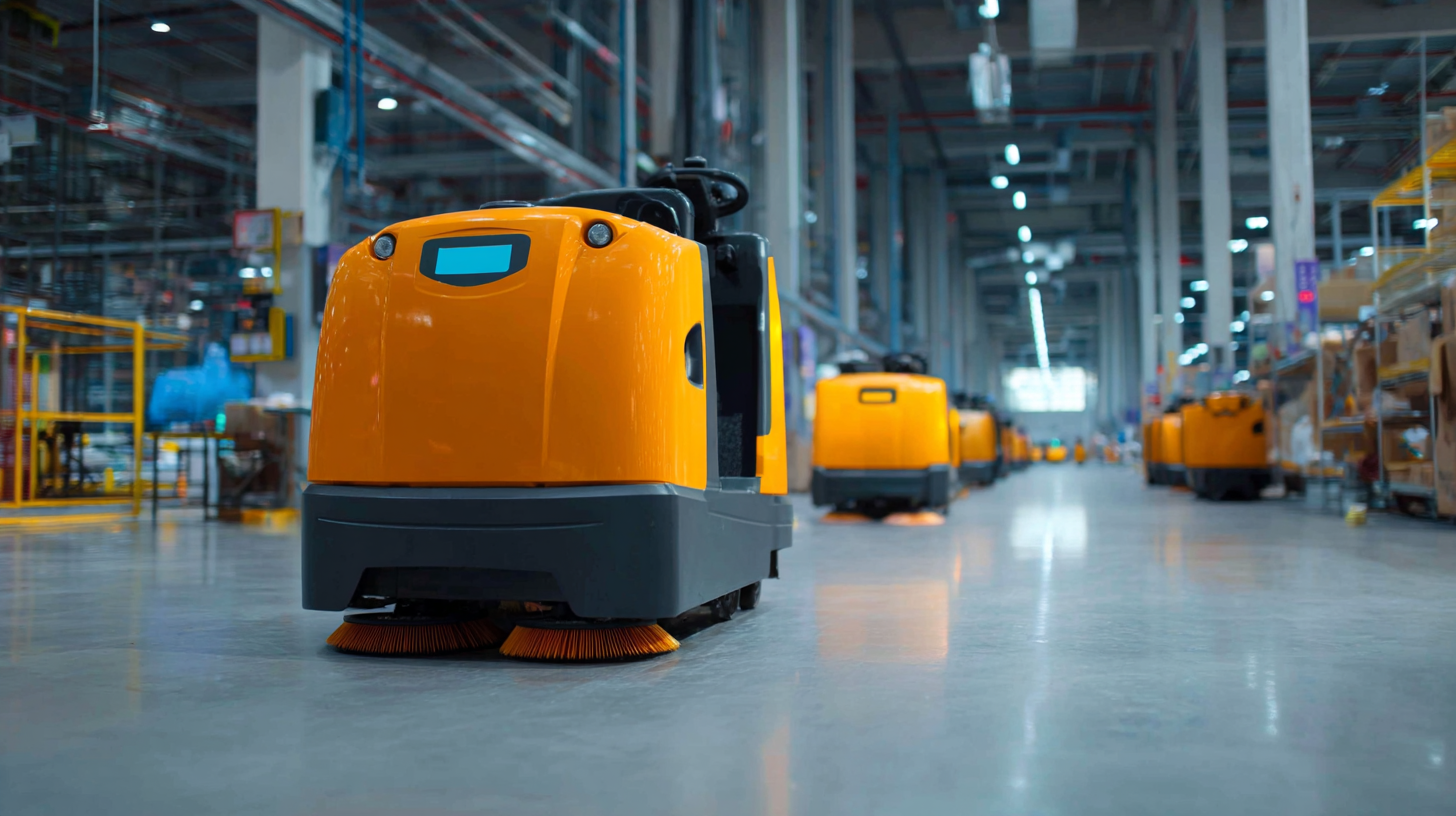
When selecting an electric industrial floor sweeper, it’s essential to first understand the specific cleaning needs of your facility. Factors such as the size of the area, type of debris, and foot traffic levels play a significant role in determining the right equipment. For larger facilities with higher foot traffic, a robust sweeper with a larger cleaning path and higher-capacity dustbin will be more efficient, allowing for quicker cleanup times and less frequent disposal.
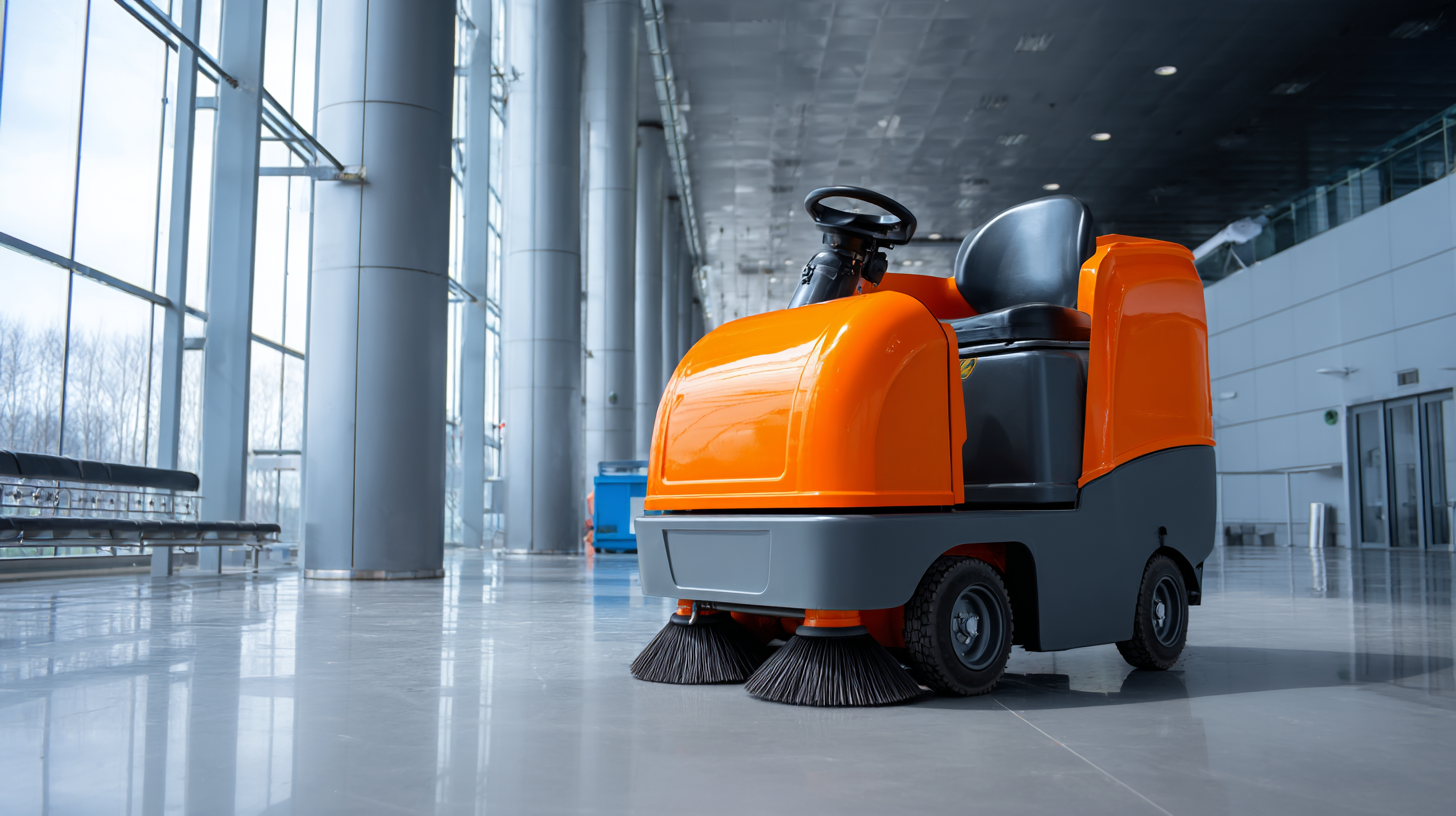
Additionally, consider the surface types that need to be cleaned. Different models are tailored for specific surfaces, whether it's concrete, tile, or even carpet. Assessing the environment—such as potential indoor pollutants or outdoor debris—provides insights into the features needed in a sweeper. For instance, if you're dealing with fine dust particles, a model with effective filtration capabilities will be crucial. By taking the time to understand these specific needs, you can ensure that your choice of electric industrial floor sweeper enhances cleanliness and efficiency in your facility.
When selecting an electric industrial floor sweeper for your facility, it is crucial to evaluate the various types available on the market. Battery-powered sweepers, known for their eco-friendliness and quiet operation, are gaining popularity in environments that require minimal disruption, such as hospitals and schools. According to a 2022 report by Grand View Research, the global industrial floor sweeping machine market is projected to reach USD 1.9 billion by 2028, highlighting the increasing demand for efficient and sustainable cleaning technologies.
Another important category is the ride-on sweeper, which is ideal for larger spaces such as warehouses and manufacturing facilities. These machines combine power with operator comfort, allowing for extended cleaning sessions without fatigue. A 2023 survey from the International Sanitary Supply Association indicates that ride-on sweepers can increase efficiency by up to 30% compared to walk-behind models, making them a compelling choice for facilities looking to optimize their cleaning processes. Ultimately, understanding the specific needs of your facility and the benefits of each sweeper type is essential to making the right choice.
This chart compares the prices of various types of electric industrial floor sweepers. The data reflects average market prices, helping you make an informed decision based on your budget and facility needs.
When selecting the right electric industrial floor sweeper for your facility, assessing key features is essential to ensure optimal performance. Start by evaluating the sweeper's motor power and suction capabilities. A powerful motor enhances dirt and debris pickup efficiency, especially in larger spaces where heavy debris accumulates. Additionally, consider the type of brushes utilized; industrial sweepers equipped with both mechanical brushes and vacuum systems can provide comprehensive cleaning, capturing finer particles often missed by less advanced models.
Another critical feature to assess is the battery life and charging options. For larger facilities, a longer battery life allows for uninterrupted cleaning sessions, while fast-charging capabilities can minimize downtime. The design and maneuverability of the sweeper are also important; a compact and agile model can navigate tight spaces and corners effectively, making it suitable for various environments. Moreover, features like adjustable speed settings and dust control systems further enhance usability and ensure that cleaning is not only efficient but also tailored to the specific needs of your facility.
| Feature | Description | Importance | Key Considerations |
|---|---|---|---|
| Suction Power | The strength of the machine's suction to pick up dirt and debris. | High | Consider floor type and level of debris. |
| Battery Life | Length of time the sweeper can operate on a full charge. | High | Evaluate frequency and duration of cleaning cycles. |
| Maneuverability | The ability to easily navigate around obstacles. | Medium | Check turn radius and weight of the machine. |
| Dust Control System | Mechanism to manage dust particles during cleaning. | High | Look for HEPA filters for optimal performance. |
| Capacity | Size of the debris container. | Medium | Choose based on frequency of emptying needed. |
| Ease of Maintenance | How simple it is to perform regular upkeep. | Medium | Check for user-friendly design and access points. |
When budgeting for an electric industrial floor sweeper, it's crucial to consider not only the initial purchase cost but also the long-term savings and operational efficiency it can provide. According to a report by the Cleaning Industry Research Institute, facilities that transition to electric sweepers can save up to 30% on labor costs. This is largely due to the automation and efficiency of these machines, which reduce the time and manpower needed for cleaning large areas.
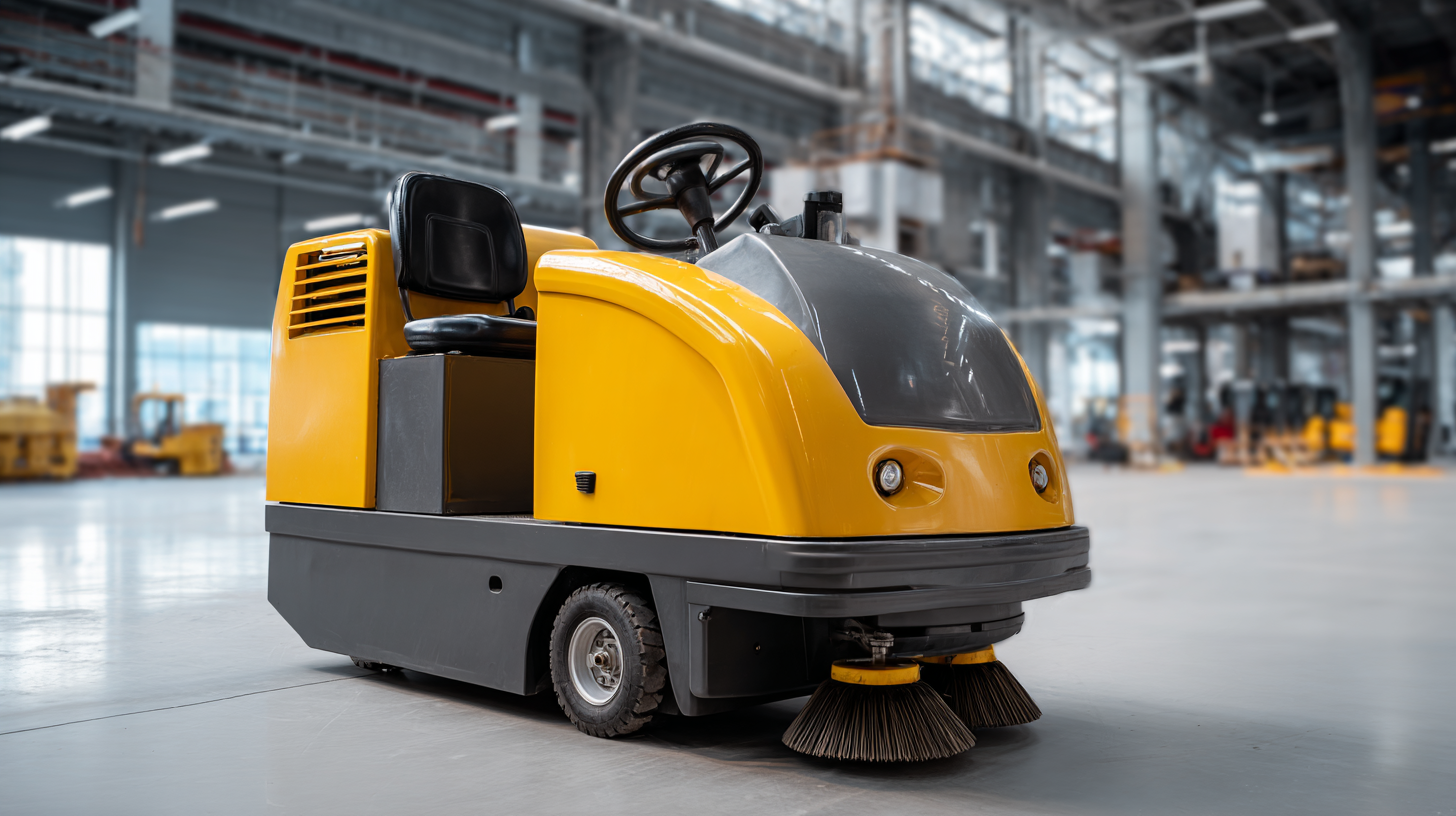
Additionally, electric sweepers tend to have lower maintenance costs compared to traditional fuel-powered equipment. The American Society for Quality reports that businesses can expect maintenance expenses to drop by approximately 25% when opting for electric models. When planning your budget, factor in these potential savings against the upfront investment. It’s also essential to account for the operational costs associated with charging the machines, which can be significantly lower than fueling gas-operated units. By analyzing these financial aspects, facilities can make informed decisions that align with their budget while enhancing their cleaning operations.
When selecting an electric industrial floor sweeper for your facility, maintenance considerations play a crucial role in ensuring both longevity and efficiency. Regular maintenance not only extends the lifespan of the equipment but also enhances its performance, leading to reduced operational costs. Research shows that equipment with a proper maintenance routine can operate effectively for over a decade, significantly outperforming those that are neglected.
Tips: Use high-quality cleaning products that are compatible with your sweeper's materials, as specialized detergents can prevent wear and tear on components like brushes and filters. Additionally, consider the implementation of a scheduled maintenance plan; just as the efficiency of solar panels increases through innovative cooling technologies, regular maintenance can drastically improve a sweeper's efficiency and operational output.
During maintenance checks, pay special attention to battery health and electrical components as these are often the most significant predictors of longevity. Findings from recent studies suggest that integrating advanced monitoring techniques can lead to better performance management—akin to how newer technologies in electric vehicles enhance battery lifespan through active balancing. Keeping an eye on these factors can ensure that your industrial floor sweeper remains an invaluable asset in your facility.
